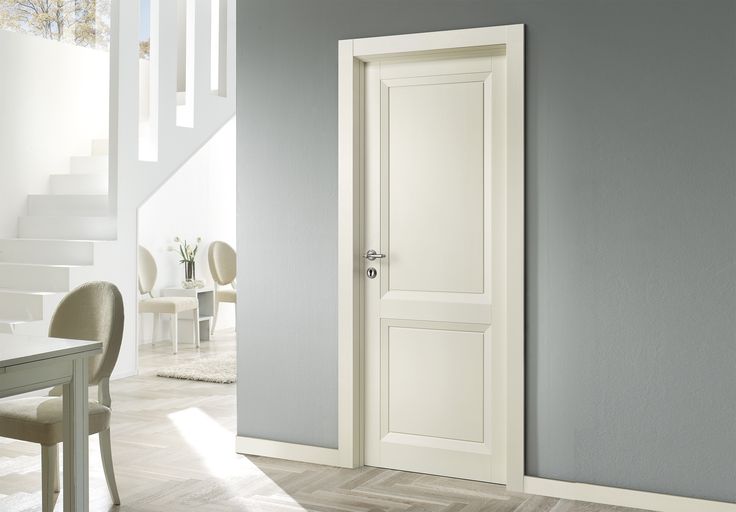Introduction:
WPC (Wood Plastic Composite) boards gained immense popularity in the market due to their waterproof nature. This combination of wood and plastic makes them an attractive choice for areas exposed to moisture, such as vanities. However, despite their initial appeal, WPC boards have certain limitations that have led to a decline in their use. Let’s explore the advantages, drawbacks, and why you should think twice before opting for WPC boards.
1. The Advantages of WPC Boards
- Waterproof Material:
The primary selling point of WPC boards is their waterproof nature. Made from a blend of wood fibers and plastic, these boards are ideal for areas prone to water exposure, such as bathroom vanities. - Resistant to Termites and Rot:
Unlike traditional wood, WPC boards are impervious to termites, fungi, and rot, making them durable in moisture-heavy environments. - Eco-Friendly Option:
Many WPC boards are made from recycled materials, reducing waste and environmental impact.
2. The Drawbacks of WPC Boards
While WPC boards excel in moisture resistance, they fall short in other key areas:
- Poor Screw-Holding Capacity:
- WPC boards lack the structural integrity to hold screws securely over time.
- The material composition inside is often crumbly, leading to a loose grip on hinges and channels.
- Limited Load-Bearing Ability:
- Under pressure, screws or attachments can pull out of the material, making it unreliable for heavy-duty applications.
- Repairs are challenging as creating new holes weakens the material further.
- Expensive for Its Performance:
- While the material is durable against water, its poor mechanical strength often doesn’t justify the cost in the long term.
3. Why WPC Use is Declining
Given its limitations, WPC boards are no longer the go-to material for certain applications. For instance, in vanities, the inability to securely install hinges, channels, or other hardware has led to a decline in its use. Users often find that the boards fail under prolonged stress, requiring frequent repairs or complete replacements.
4. Expert Advice: Should You Use WPC Boards?
While WPC boards might be suitable for specific applications where water resistance is the priority, such as partitions or decorative panels, they are not ideal for areas requiring strong screw retention. For these scenarios, consider alternatives like:
- Marine Plywood:
- Offers excellent screw-holding capacity and is water-resistant when treated properly.
- BWR (Boiling Water Resistant) Plywood:
- A reliable option for cabinetry and vanities with better load-bearing ability.
- HPL (High-Pressure Laminate) Panels:
- Durable, stylish, and capable of handling heavy-duty use.
Conclusion:
WPC boards are a decent choice for environments where waterproofing is essential but fall short when durability and strength are considered. Before choosing WPC for your projects, weigh its pros and cons against your requirements. For long-lasting results, exploring alternatives like marine or BWR plywood is often a better investment.

